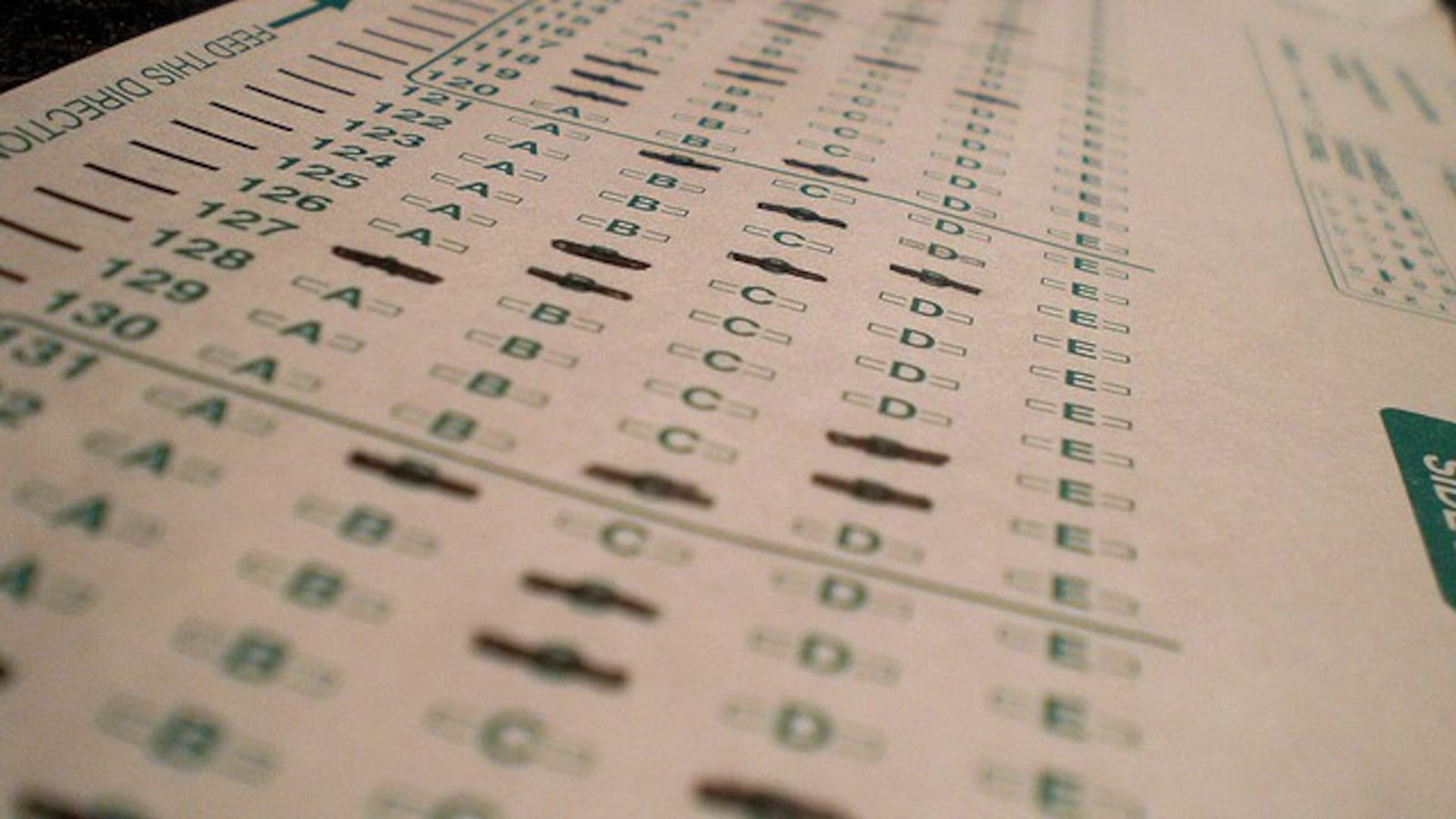Mayor Bill de Blasio launched a major push last weekend to overhaul the admissions process at some of New York City’s most elite high schools, rekindling a fierce debate about race, high school admissions, and affirmative action.
If you are just catching up, here’s what you should know about the city’s plans.
Why is the mayor trying to change the admissions process at the city’s top high schools?
- The city’s most prestigious “specialized” high schools, often described as the crown jewels of the system, are starkly segregated by race.
- Though 67 percent of the city’s public school students are black or Hispanic, just 10 percent of offers to attend specialized high schools go to black or Hispanic students. This year, 10 black students were offered admission to the famed Stuyvesant High School — out of 902 offers.
- Meanwhile, white and Asian students tend to be overrepresented: 52 percent of offers went to Asian students this year (16 percent of the city’s students are Asian). And roughly 27 percent of offers went to white students (15 percent of city students).
- Many of the city’s high schools are racially segregated — not just specialized schools. But unlike other selective schools, eight specialized high schools are the only ones that admit students based on a single standardized test, known as the Specialized High School Admissions Test (SHSAT).
What is the city planning to do about it?
- When Bill de Blasio ran for mayor in 2013, he advocated for scrapping the admissions test as a way of making the schools more racially balanced.
- Instead, the mayor took smaller steps that were supposed to help underrepresented students do better on the test: The city expanded public test prep programs, offered the test during the school day in some middle schools, and boosted outreach. Those changes have failed to increase the share of black and Hispanic students enrolling at specialized high schools.
- Over the weekend, de Blasio announced a more aggressive two-part plan. The first part would reserve 20 percent of spots at each specialized school for low-income students whose test scores put them just below the admissions cutoff.
- A version of that program, called Discovery, has existed since the 1970s, and de Blasio has expanded it significantly in recent years. But since economic status is not a perfect substitute for race, the program has helped more low-income white and Asian students gain admission than black or Hispanic ones.
- De Blasio’s new plan would expand Discovery even further, moving from roughly 4 percent of students admitted through the program to 20 percent. To ensure it helps more black and Hispanic students, the program will be restricted to low-income students at high-poverty schools, which tend to enroll more black and Hispanic students. (Previously, the program allowed low-income students who enrolled at more affluent schools to qualify.)
- By the city’s own estimates, that would have a modest effect, increasing black and Hispanic student enrollment to 16 percent, up from about 9 percent.
- The second — and more significant — element of the plan would eliminate the single admissions test in favor of a system where the top students at every middle school would be guaranteed a spot at a specialized high school.
- Using a University of Texas-style system, middle school students would be ranked based on a combination of their course grades and standardized state test scores. After gradually phasing out the SHSAT over three years, the top 7 percent of students at each middle school would automatically earn a spot at a specialized high school. (About 5 to 10 percent of seats would be reserved for top students in private schools, who would be admitted by lottery.)
- The top 7 percent model should boost diversity because the city’s middle schools are so racially segregated. Since top students at every middle school would be guaranteed a seat, middle schools that predominantly serve black and Hispanic students would begin sending more of their students to specialized high schools.
- Under that proposal, 45 percent of offers to specialized schools would go to black and Hispanic students once the plan is fully phased in, according to city projections, a big jump from the 9 percent of those students who currently enroll, but still far from representative of the rest of the public school system.
- Under the most optimistic circumstances, the plan will fully take effect in seven years, once the SHSAT is phased out over three years and a full group of high school students have been admitted under the new admissions system.
What’s next?
- The mayor’s plan to set aside 20 percent of seats at specialized high schools will take effect next school year, and only requires action from the education department, which the mayor controls.
- But eliminating the admissions exam in favor of a top 7 percent system will require action in the state legislature, since the single-test admissions procedure at three of the specialized high schools is written into state law. (Many legal experts argue the mayor could eliminate the test at five of the eight specialized schools that aren’t explicitly referenced in state law, but de Blasio has argued the legal process is murky.)
- Powerful alumni groups and some state legislators have already begun lining up against the proposal to eliminate the SHSAT, which could derail the most effective element of the mayor’s plan. Less than 24 hours after the mayor’s press conference announcing the plan, Asian-American advocacy groups held an event protesting the plan.

